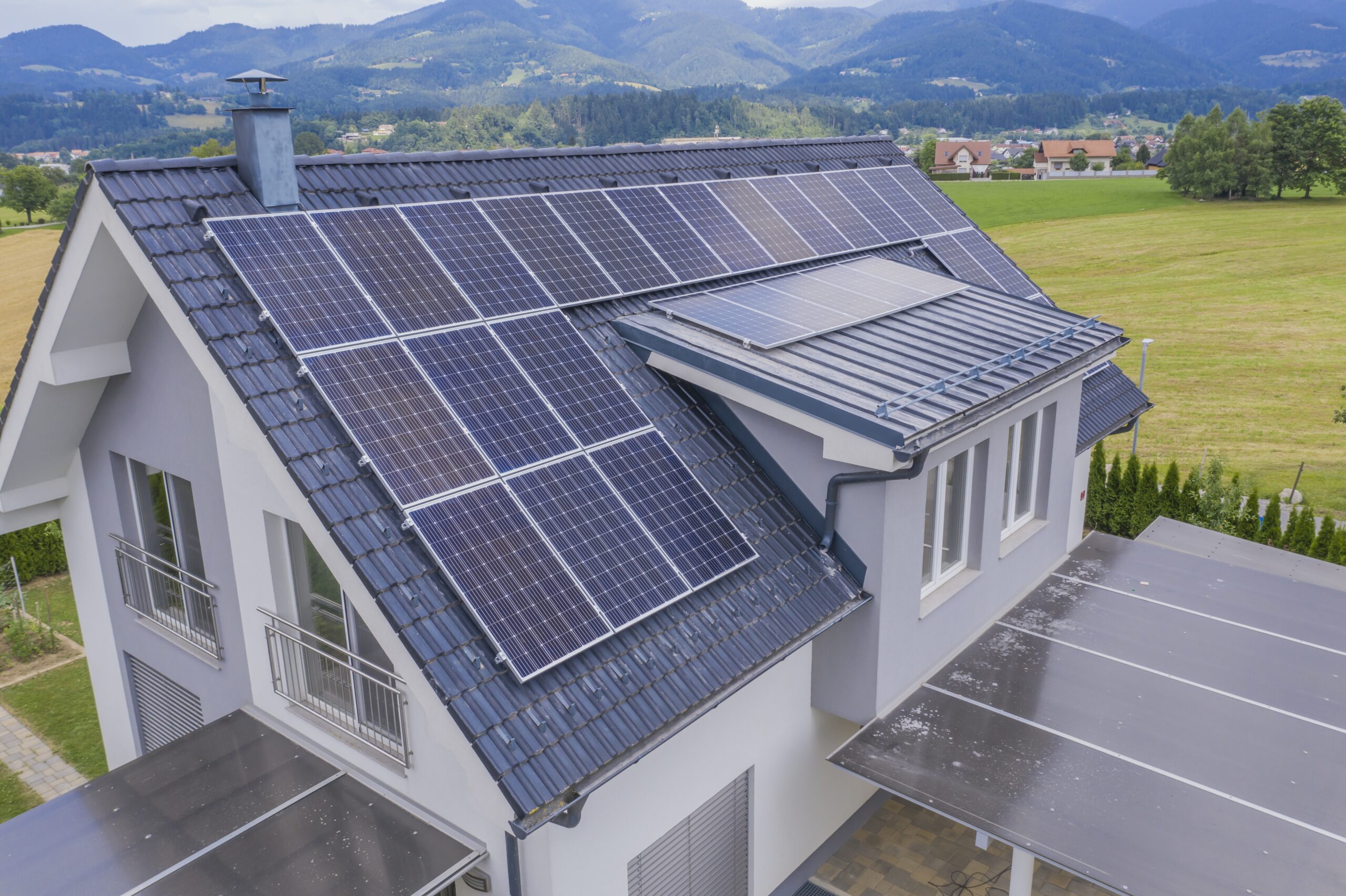
A Step-by-Step Guide to Installing Solar Panels at Home in India

Table of Contents
Installing solar panels at home in India is no longer just an eco-friendly choice, it is also a smart financial decision. With electricity prices rising every year and the government pushing for renewable energy adoption, homeowners now have more opportunities than ever to switch to clean energy and save money in the long run. India receives about 300 sunny days a year, which makes rooftop solar one of the most viable solutions for households to cut energy bills and reduce dependence on fossil fuels.
Why Solar Panels Make Sense for Indian Homes
India’s residential electricity demand is growing rapidly, and households are among the largest consumers of grid power. Installing solar panels can reduce electricity bills by 50% to 80% depending on system size and usage.

A typical 3-kilowatt (kW) rooftop system can generate 12 to 15 units of electricity per day, which is sufficient to meet the needs of an average Indian household.
According to the Ministry of New and Renewable Energy, India has a rooftop solar potential of over 750 gigawatts, yet less than 10% of this has been tapped. This leaves a huge opportunity for households to lead the transition toward clean energy.
For reference, you can explore the MNRE’s official guidelines on rooftop solar that explain government schemes and subsidies in detail.
Government Incentives for Homeowners
The Indian government offers attractive incentives to make solar more affordable. Homeowners can claim subsidies of up to 40% for residential rooftop solar systems under the Rooftop Solar Programme Phase II. In addition, net metering policies allow households to sell excess electricity back to the grid, further lowering monthly bills.
For more details on the latest subsidy amounts and state-wise policies, check the Solar Energy Corporation of India (SECI) website.
Choosing the Right Solar Panel System
There are mainly three types of solar panels available for homeowners
- Monocrystalline panels – These are highly efficient and space-saving, ideal for rooftops with limited space.
- Polycrystalline panels – Slightly less efficient but more affordable, making them popular among budget-conscious households.
- Thin film panels – Lightweight and flexible, though less efficient, suitable for specific installations.
For a standard household, monocrystalline or polycrystalline panels are usually recommended.
Homeowners also need to decide between an on-grid system connected to the power grid, an off-grid system with battery storage, or a hybrid system that combines both. On-grid systems are most common since they are more cost-effective and benefit from net metering.
Step-by-Step Process of Installing Solar Panels at Home

1. Assess your energy needs
Review your electricity bills to calculate average monthly consumption. This will help determine the right system size.
2. Roof inspection and suitability
Check if your roof is strong enough to bear the weight of solar panels and gets enough sunlight without shade from trees or nearby buildings. South-facing roofs in India usually offer the best efficiency.
3. Choose a reliable installer
Work with a government-approved vendor to ensure quality installation and access to subsidies. Many discoms provide lists of empanelled installers for each state.
4. Select the right system and components
Choose panels, inverters, and batteries (if required) based on efficiency and warranty. Most panels come with 25-year performance warranties.
5. Apply for net metering
Submit an application through your local distribution company to connect your system to the grid and enable billing credits for excess generation.
6. Installation and commissioning
Panels are mounted on the rooftop using aluminium structures, connected to inverters, and wired into the household supply. After inspection, the system is officially commissioned.
7. Maintenance
Solar panels require minimal maintenance. Cleaning them once or twice a month and scheduling annual inspections is usually enough to keep them performing at peak capacity.
Cost and Payback Period for Homeowners
The cost of rooftop solar systems in India has dropped by more than 70% over the last decade. As of 2025, installing a 3 kW system costs around ₹1.5 to ₹2 lakh after subsidies.

The payback period is usually between 4 to 6 years, after which households enjoy almost free electricity for the remaining lifespan of the system, which is 20 to 25 years.
With average savings of ₹2,000 to ₹4,000 per month on electricity bills, homeowners can recover their investment quickly while increasing the value of their property.
The Bigger Picture of Residential Solar in India
Residential solar adoption not only benefits individual households but also helps reduce national dependence on fossil fuels. The Indian government has set a target of achieving 500 gigawatts of renewable energy capacity by 2030, and rooftop solar will play a central role in achieving this.
For homeowners, going solar is about more than just saving money, it is about contributing to India’s clean energy transition and building a sustainable future.







